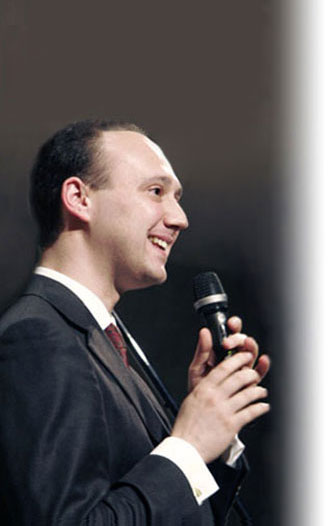 |
|
THE
AIM AND FORMAT |
EQUIPMENT
REQUIRED |
||||
|
La storia del pianoforte |
|||||||
|
|
|||||||
THE
HISTORY OF THE PIANO |
THE
SONATA FORM |
|
Beginning Problems of tuning: moderate or natural? Viennese
and English action, discovery of the character of sound Birth
of the modern piano technique The
virtuosity of the Romantics Pleyel
and Erard:two different perspectives of constructing and playing
the piano Birth
of modern piano |
1 Scarlatti
and Mozart: the imagination into music 2
Haydn and Clementi, construction and virtuosity 3
Beethoven, first and second period 4
Beethoven, second and third period |
|
THE
MUSIC, EXPRESSION OF NEVER ENDING |
ITALIAN
MUSIC |
| 1. Robert
Schumann, composer and critic. 2. Franz
Schubert and the “divine longueur”. 3. Frédéric
Chopin, the prince of the piano. 4. Franz
Liszt, the dominator. 5. Johannes
Brahms, the man coming from the North |
1. The
piano, Cinderella of Italy 2. Adolfo
Fumagalli and instrumental music of XIX century
|
| Gennaio
2012 Il concerto si è
svolto tra l’ammirazione di tutti e la sorpresa dei pochi che
non conoscevano l’eccezionale bravura del maestro Riva... in modo
particolare è stato gradito quel suo rivolgersi al pubblico illustrando
con un eloquio semplice e coinvolgente i singoli pezzi prima dell’esecuzione.
|
|
|
||||
| La
musique de salon au Salon musical
|
|
 |
| ©
2011 Adalberto Maria Riva |
